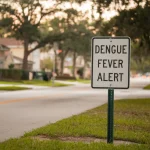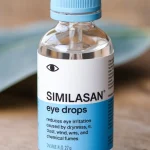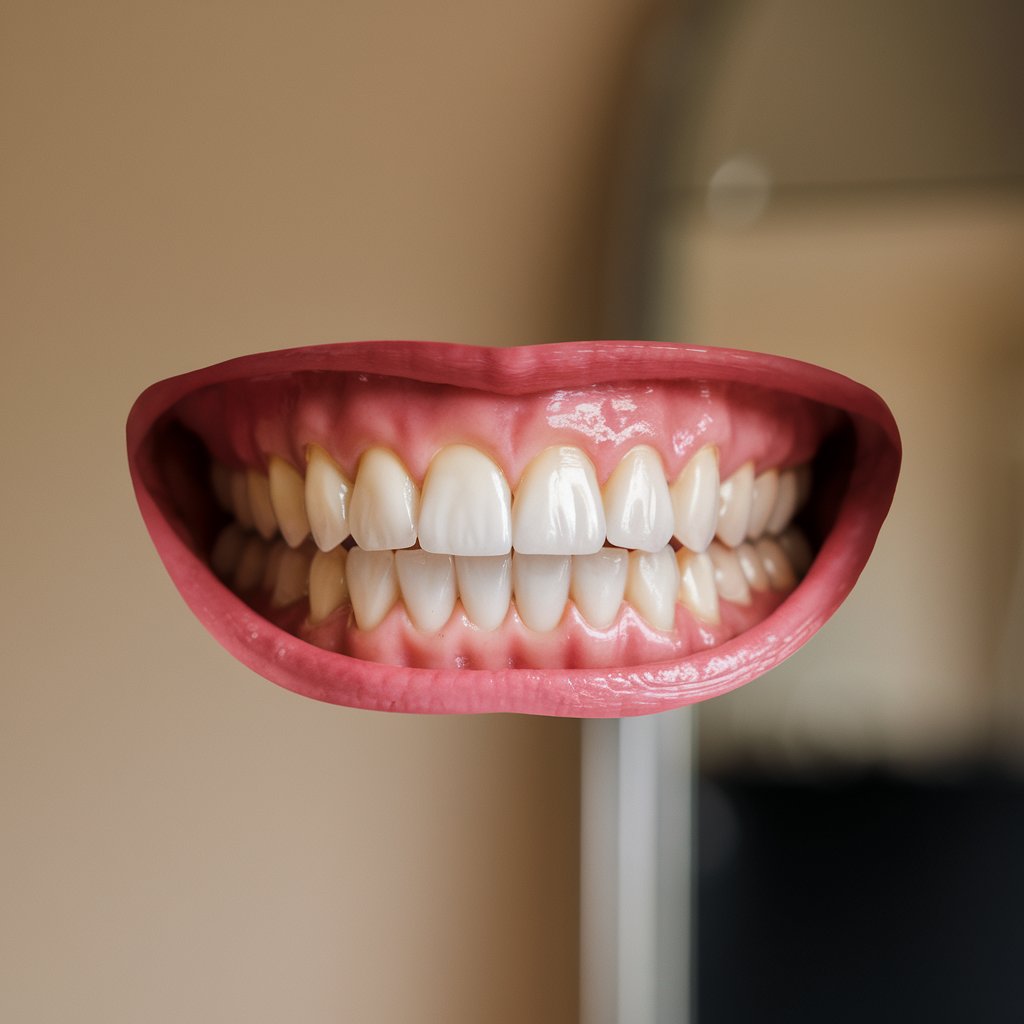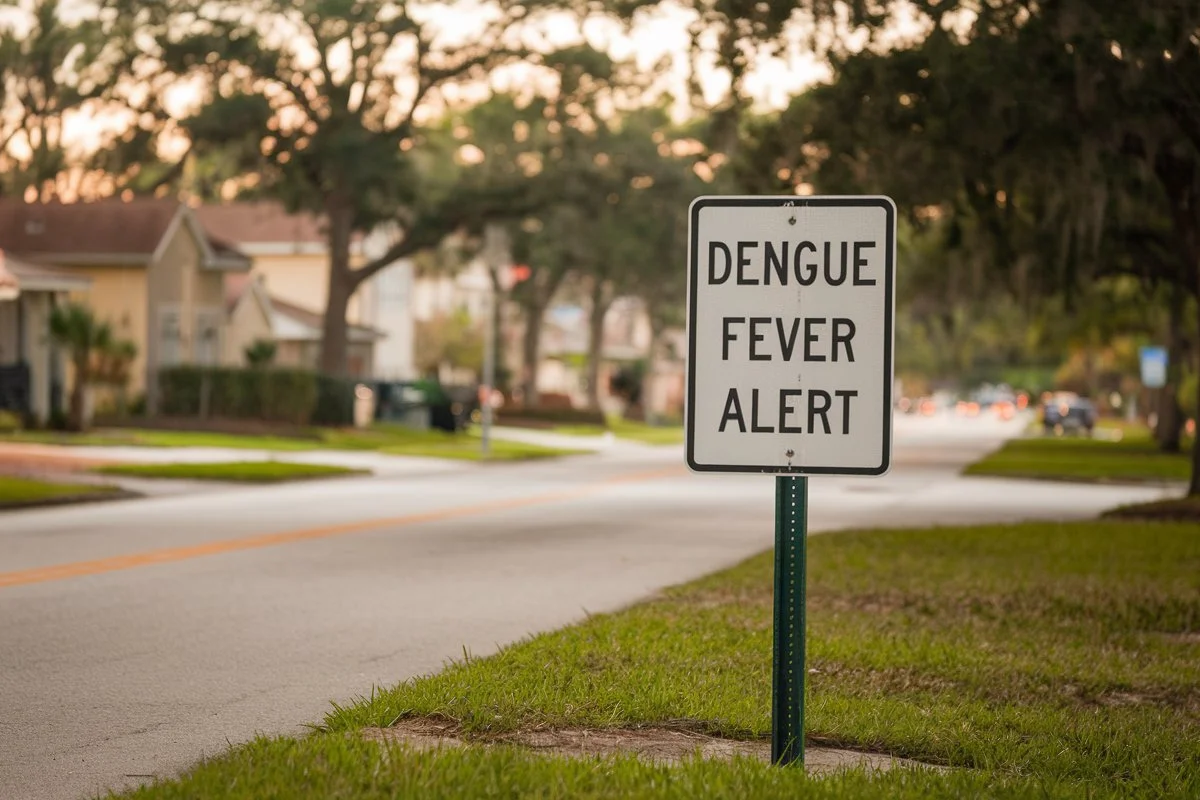Regarding oral health, cuspid teeth are absolutely important for chewing, biting, and preserving jaw alignment. Essential for breaking down food, these pointed, sharp teeth—also known as canine teeth in humans—are Many people ignore their function, structure, and related dental issues even if they are really important.
The significance of cuspid teeth, their function in dental health, typical issues, and their comparison with other teeth types including bicuspid teeth and incisors is investigated in this paper.
What Are Cuspid Teeth?
Between the incisors teeth and bicuspid teeth (premolars), sharp, pointed teeth called cuspid teeth—also known as canine teeth in humans—are found. Two on the top jaw and two on the bottom jaw, humans have four cuspids.
Because they resemble the sharp fangs observed in canine teeth in animals like wolves and lions, these teeth are called for dogs.
Functions of Cuspid Teeth
In oral health, cuspid teeth are quite important for various reasons. • Tipping and Gripping Food: Meat and other difficult foods are easily torn by their sharp edges.
- Proper jaw movements help ensure correct biting alignment and reduce excessive pressure on other teeth.
- Additionally, the positioning of cuspids plays a significant role in maintaining a balanced facial structure.
- By controlling airflow, cuspids also aid in speech, contributing to the pronunciation of certain sounds. Without proper alignment…
Let me know if you’d like more adjustments
cuspids, chewing and speaking could become difficult, which would aggravate other dental problems.
Cuspid Teeth in Different Stages of Life
Cuspid Teeth in Babies
In babies, cuspid teeth development usually starts between sixteen and twenty-two months. Although they are crucial for eating, these infant canine teeth finally fall out to allow permanent cuspids space.
Cuspid Teeth in Adults
Stronger than other adult dogs, these help with bite alignment and meal digestion.
Difference Between Cuspid Teeth, Incisors, and Bicuspids Type of teeth Location of teethFunction Count in Adults
CT between incisors and bicuspidsTearing and clutching food4 Front of the mouth, incisors teethchopping and cutting food, and biting8 Bicuspid Teeth Opposing CuspidsCooking food: crushing and grindingAlthough they are not as broad as bicuspid , they are sharper than incisors, so they constitute a vital transitional component in the mouth.
Common Problems With Cuspid Teeth
Impacted Cuspid Teeth
Sometimes lack of room or crowding cause a cuspid tooth to not emerge correctly. Known as impacted cuspid, this disorder can cause misalignment, edema, and pain.
Worn-Down Cuspid Teeth
Human problems including cuspid teeth resulting from too much grinding or misalignment could erode enamel and produce sensitivity.
Misaligned Cuspids Teeth
Incorrect angle growth of cuspids teeth can push on neighboring leading to crowding and unequal spacing. Often the correction for this is orthodontic therapy.
Cuspid Tooth Decay
Given their regular use for biting and chewing, cuspids are prone to cavities and decay if improperly cared for.
Treatment for Cuspids Teeth Issues
Braces and Orthodontics
Braces guarantee a good bite by helping misaligned cuspids teeth to be corrected. Orthodontists may utilize retainers or clear aligners for human disorders involving canine teeth.
Tooth Extraction
In extreme circumstances whereby a cuspid tooth creates crowding, a dentist could advise extraction. Usually though, this is only a last resort.
Dental Crowns and Fillings
Dentists may restore strength and function in worn-down or decayed by means of crowns or fillings.
See More: Health Benefits of Lemon Juice Nature’s Immune-Boosting Elixir
How to Care for
- Brush twice daily with fluoride toothpaste
See the dentist routinely for examinations.
Steer clear of too aggressive teeth grinding; if necessary, think about a sleep guard. - Eat in balance to stop tooth decay.</li>
<h3>Cuspids Teeth in Animals vs. Humans
Animal canine teeth have a more aggressive purpose than human ones. for instance:
- Lions and tigers tear through skin using their large, sharp fangs.
- In contrast, dogs and wolves rely more on their ability to grasp and tear food.
- Herbivores like horses, on the other hand, have smaller cuspids, as they don’t depend on them for feeding.
Although in humans still have a practical use, they are less sharp or essential for survival than in the animal world.
FAQs
What is the meaning of cuspid teeth?
Cuspids, located between the incisors and premolars, shred and grip food with their pointed shape.
Are cuspids teeth the same as canine teeth?
Indeed, also known as canine teeth in humans—have their sharp form.
When do canine teeth come in for babies?
Development of canine teeth in babies begins between sixteen and twenty-two months.
Can you remove a cuspid tooth?
If a cuspid tooth is badly aligned or impacted, a dentist may remove it; this is rare.
Conclusion
Speech, chewing, and a good bite all depend on canine teeth. Although in humans most people refer to as canine teeth, their function goes beyond simple biting. Knowing their purpose and appropriate maintenance guarantees long-term dental health.
Whether your concern is canine teeth human issues or just their structure, it’s obvious that your smile depends critically on these sharp teeth.











